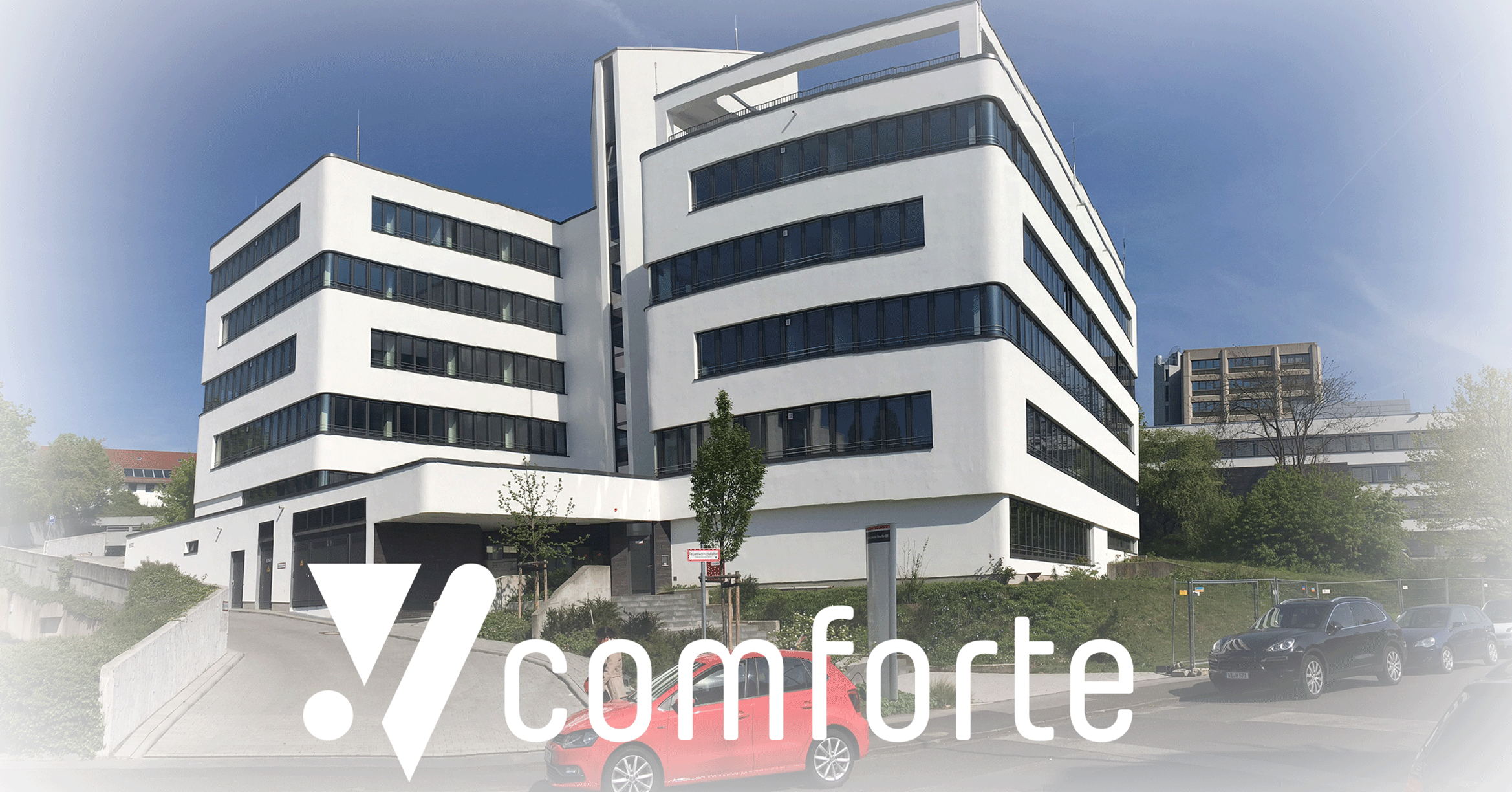For more than 25 years, IBM MQ has been the messaging platform of choice across every industry. Years of technical innovations and improvements have ensured that reliability, robustness, high availability, and security can be achieved without compromising on scalability and performance.
Customers who choose IBM MQ can ensure their applications will connect reliably and securely within the data center, out to remote locations, and beyond the firewall to external companies.
Benefits of Messaging
Business today is a world of connected systems. Every application, every piece of data, and every machine is connected and exchanges data at huge volumes and at ever-increasing speeds. This flow of information moves throughout every data center and out to remote locations. The data might move between applications within the business or be shared between businesses. All this is, of course, also true for users of HPE NonStop systems running mission-critical applications, which need to communicate with other systems and applications in the enterprise.
Business processes, customer activity, or real-world events can trigger transactions; and for many businesses, every piece of data and every business action is essential. The data needs to arrive reliably, securely, and as quickly as possible.
However, with the fragmentation of systems and with information moving between applications, systems, services, files, across continents, on and off premises, in the cloud, and in business-to-business interactions, there is a need for a standard and common approach to ensure delivery, without adding complexity to the applications sending and receiving this data.
The most common way for businesses to ensure that applications can remain simple and focused on their business requirements, yet still reliably and securely send data between any number of endpoints is not through direct connectivity but rather via messaging middleware.
When applications send data as messages to a middleware layer, they are delegating their delivery requirements to that messaging layer for secure and reliable delivery. This approach also ensures that there is no requirement to be aware of the location or environment of the delivery destination or the availability of the receiving application to accept the data or to respond confirming receipt.
A further benefit of a messaging approach is to provide buffering between applications that might work at different speeds. As application workloads might increase, generating large message volumes, using a messaging approach allows the increase in messages to be stored in queues, where they will be persisted until the back-end applications can process them to completion. This enables all work to be handled and for applications to be decoupled to work at their own speeds.
Reliable Secure Delivery with IBM MQ for HPE NonStop
Applications can only delegate the responsibility of delivering messages to destination systems if the messaging system can be trusted to deliver the messages and meet the delivery expectations of the applications. Many critical business systems that need to connect and exchange data through messaging are transactional systems. Examples of these types of systems include many applications in different industries like banking, insurance, retail, manufacturing, healthcare, and telecoms, and might include applications for payments, invoicing, ordering, shipping, supply chain management, and customer relationship management. Many of these applications run on HPE NonStop systems.
In these business areas, it is critical to meet expectations around message delivery to enable the completion of a transaction. The message must be delivered once and once only to prevent the need for complex delivery checking around non-delivery or duplication. Part of this would include the identification of the consumption of the message so that the transaction can’t occur twice. Another important aspect is ensuring the persistence of the message in case of a failure of any component (hardware or software) during the delivery of the message and the acknowledgement back of the delivery and doing this for every message without impacting the performance of the system.
Given the importance of many of these business uses of applications and data, security is another key feature required in a messaging system. Not only should the messaging system itself be secure and without complex overheads, but the movement of data, both over the network and while persisted on disk, should be protected by encryption to ensure the secure delivery and protected integrity of the data without the risk of exposure or loss in a breach. Additionally, with downtime being no longer acceptable there should be a thorough set of options for high availability and disaster recovery ensuring no downtime, and continuous availability of both the system and the data within.
Only by meeting all of these delivery capabilities, can applications make full use of the messaging system to meet their requirements. The leading messaging system and only system to provide all these features to a production level is IBM MQ, which is available across virtually every commercially available platform, including HPE NonStop.
Business systems need to be available around the clock. There is already a lot of focus on ensuring that applications are always running as needed to meet customer and business requirements, but as applications constantly need to connect with other applications and systems, messaging middleware always needs to be available as well, even during planned and unplanned failures. IBM MQ has a strong focus on availability to ensure that not only are customers able to rely on the availability of multiple messaging resources to handle workload, but that the messages sent by those applications are still available for processing even in the event of a failure of the instance of the MQ system, or the hardware it is running on. IBM MQ offers clustering of Queue Managers to enable multiple workload engines to provide many separate workload processors, enabling both greater volumes of throughput and resiliency in the case of individual failures enabling applications to still drive messages into the system.
Another form of availability is the availability of messages should the IBM MQ system fail. This is typically described as high availability and there are different approaches used depending on the hardware platform where IBM MQ is deployed. An approach used on many systems, including IBM MQ for HPE NonStop, is Multi-Instance Queue Managers. With this approach, a MQ Queue Manager is running and writes persistent messages into storage, and in case of failure, another Queue Manager with the same definitions starts up automatically, gets access to the storage, and can continue to work with the messages safely stored in the queues, ensuring no messages are impacted or delayed if there is a failure.
Digital transformation and enablement
Many businesses have to adapt to business conditions that are changing faster than ever before. Responding to change requires much more than a single change to a single part of the business. Therefore, a comprehensive digital transformation strategy is needed. The outcome of this should be as follows:
- Fast and comprehensive access to data.
- IT infrastructure changes to match business process requirements.
- The ability to scale your applications and middleware up and down to match business requirements.
- Respond to customer activity and business events with speed, reliability, and security.
- Information output matches the business process requirements.
- Lower costs to deploy, administer, and maintain core infrastructure.
- Faster and cheaper to build and deploy new assets that reflect business or organizational changes.
While changes to IT infrastructure alone are not sufficient to digitally transform and enable your business, they are an essential component in achieving some of these outcomes.
Modernized IT infrastructure provides access to business applications and business data, wherever required. It also enables businesses to connect and exchange information between data sources and data destinations in response to customer activity and events, business processes and application activity.
Connecting and exchanging data is at the heart of these outcomes, and using IBM MQ to provide a messaging middleware layer is the most reliable and secure way to provide this connectivity.
Summary
IBM MQ enables application connectivity by ensuring that applications remain simple and focused on business requirements, and don’t need to worry about network routing, error handling, or other connectivity aspects.
A reliable, scalable, secure, and high performance messaging middleware layer enables a business to scale business IT requirements up and down by providing an ‘always available’ network to move data in response to business activity and events. IBM MQ is designed to protect and persist data while moving between applications and systems, even in the event of a failure of applications, systems, or even IBM MQ itself. It is therefore an essential, resilient, and highly available component of a flexible and agile infrastructure that is designed to reflect the changing needs of the business, without adding burdens to the business itself.
IBM MQ is available on HPE NonStop systems.



